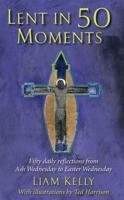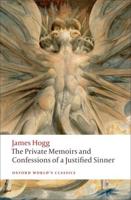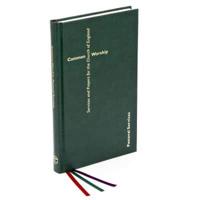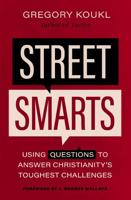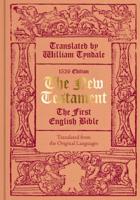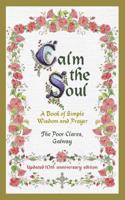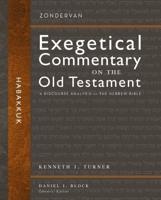Publisher's Synopsis
This book discusses one of the most important set of verses in one of the most important chapters in one of the most important books of the Bible. The whole doctrine about being born again is based upon a conversation that Jesus had had with a Pharisee named Nicodemus. From that conversation, one can easily see the analogy between the brass serpent on a pole in the Old Testament and Jesus on the cross at Calvary. That analogy makes it clear that Jesus is the only way of salvation. People may try whatever they like. But John 14:6 says that no one comes to the Father except by the Son.
All of chapter one in this text is devoted to some important information about the gospel of John and the conversation that Jesus and Nicodemus had had in the first fifteen verses of the chapter. That chapter will consider the author of the gospel and when it was written, as well as doctrinal truths that were brought out in their visit. All of chapter two is devoted to the six verses in the third chapter of the gospel that many theologians and commentators have attributed to the Apostle John. Evidence will be provided for why many of them think that Jesus had actually stopped talking after verse fifteen. Part of that discussion will also explain how people are really saved. The whole idea behind that is that most people may not understand what it means to "believeth" in Jesus. The concluding chapter, which is chapter three, discusses the growth of the ministry of Jesus and the decline of the ministry of John the Baptist. So from the first page to the last page of this book, the entire purpose has been to exalt the Lord Jesus. He is the Lord. He is the one who died on the cross so that people can come to the Him by faith and be saved. Hopefully that will be brought out throughout. In conclusion, one of the hopes with this book is that people will learn how to better serve the Lord. The Apostle John was probably the best earthly friend of Jesus. So who can better explain how to serve Him and be close to Him than John? The obvious answer is probably no one. Besides that, John the apostle and John the Baptist were two of the highest quality men of the First Century, and both have been discussed in detail in this book. There is one note, however, to be made with respect to the organization of this text before concluding this Introduction. Something that the reader might find useful is boxes throughout that show the different passages that are being referenced at the times and in the places where they are being referenced. That way, he or she will not have to jump all over the place or get into or out of the scriptures to locate a particular reference. Hopefully that inclusion will help the reader in trying to understand the various events and to also quickly put them into their right context. So it is hoped that that addition will make this text easier to read and that the Lord will receive the praise, honor, and glory that He rightfully deserves.
